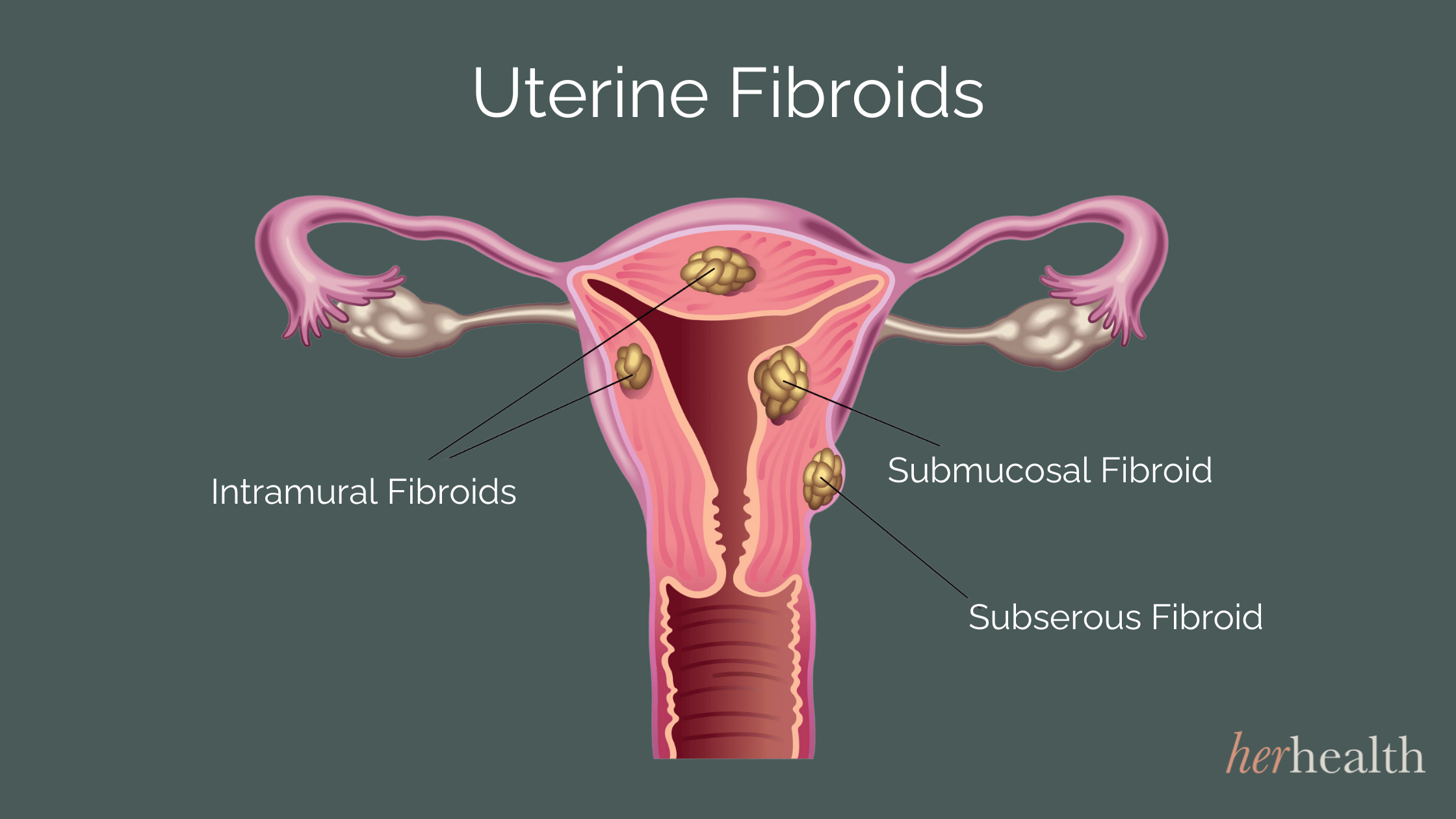Fighting Fibroids in May for Women’s Health Month 2023
Women's Health Month officially kicks off this May, and the theme for this year is “Women’s Health, Whole Health: Prevention, Care, and Wellbeing.” This theme emphasizes the importance of a holistic approach to women's health, encompassing preventive care, medical treatment, and overall well-being. A holistic approach recognizes that women's health is not just physical, and also embraces mental, emotional, and social well-being.
While women's health is important every day of the year, this month we want to encourage women to take that extra step to make their health a priority.
This month try:
Discovering enjoyable activities that encourage you to stay active
Adopting a balanced and nutritious diet
Giving equal attention to your mental and physical health, and developing strategies to cope with stress
Practicing new healthy habits regularly to cement them in place in your day-to-day
Prioritizing your health and longevity by scheduling regular wellness exams and focusing on preventive care and early detection
Prevention is key to maintaining good health, and women can take several steps to reduce their risk of health problems. Regular screenings and check-ups can help detect issues early on when they are easier to treat. For example, Pap tests can detect abnormal cells in the cervix that may lead to cervical cancer. Mammograms can detect breast cancer at an early stage, while fibroid screenings can detect uterine fibroids, a common condition that affects many women.
What is a fibroid screening?
While uterine fibroids may be identified during a routine pelvic exam, your doctor may conduct further testing to obtain a more comprehensive evaluation by requesting an ultrasound or MRI scan.
Ultrasound: A pelvic ultrasound is the simplest and quickest way to look for fibroids with imaging. An ultrasound can show if you have fibroids in your uterus and can give an idea of the size of each one.
MRI scan: An MRI is the best imaging technique to get the most information about fibroids and is used at the Fibroid Institute before performing Uterine Fibroid Embolization (UFE). It clearly shows fibroids that are not visible via ultrasound and provides the most detail when it comes to the size and position of the fibroids.
Why should women be screened for fibroids?
Uterine fibroids can impact women in their reproductive years. Although these tumors are non-cancerous, they can lead to fertility issues and result in painful symptoms and other health complications.
What are fibroids?
Fibroids are non-cancerous growths that develop from the muscle tissue of the uterus. You may have one fibroid or many of differing sizes which can grow slowly or quickly, or simply stay the same size. If fibroids get too large, you may have painful and debilitating symptoms that make it hard for you to carry on with your normal day-to-day activities.
Who is at risk?
Studies show that up to 70% of women will develop fibroids by age 50. Additionally, women who are overweight, have not given birth, or have a family history of fibroids are more susceptible to developing fibroids. Additionally, black women are at a greater risk of developing fibroids than women of other racial or ethnic groups. Certain lifestyle choices, such as consuming a diet that is rich in red meat but poor in fruits and vegetables, as well as using specific hormonal contraceptives, may also increase the risk of developing fibroids.
Women's Health Month serves as a reminder to prioritize self-care and take proactive steps to maintain good health. The theme of "Women's Health, Whole Health: Prevention, Care, and Wellbeing" highlights the importance of a holistic approach to women's health, one that focuses on preventive care, medical treatment, and overall well-being. By prioritizing their own health and advocating for increased access to healthcare, women can achieve optimal health and wellness.
If you are interested in finding out more about fibroids and the treatments available, schedule your fibroid consultation here.
Want to know everything going on in women’s health? Follow along on Instagram and Facebook.




